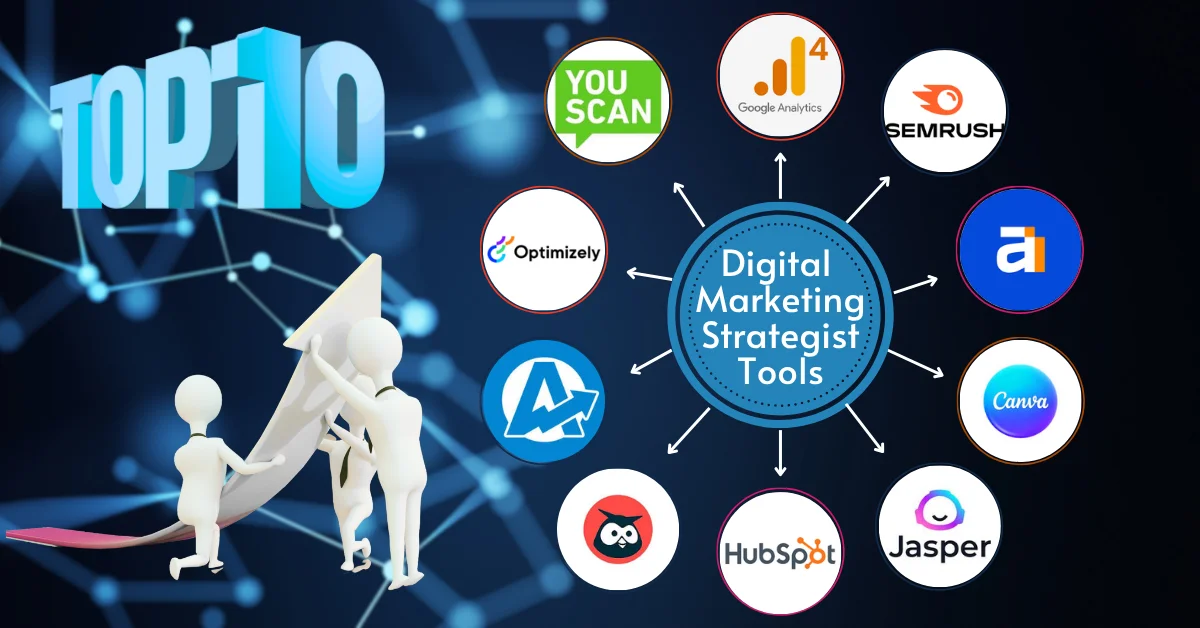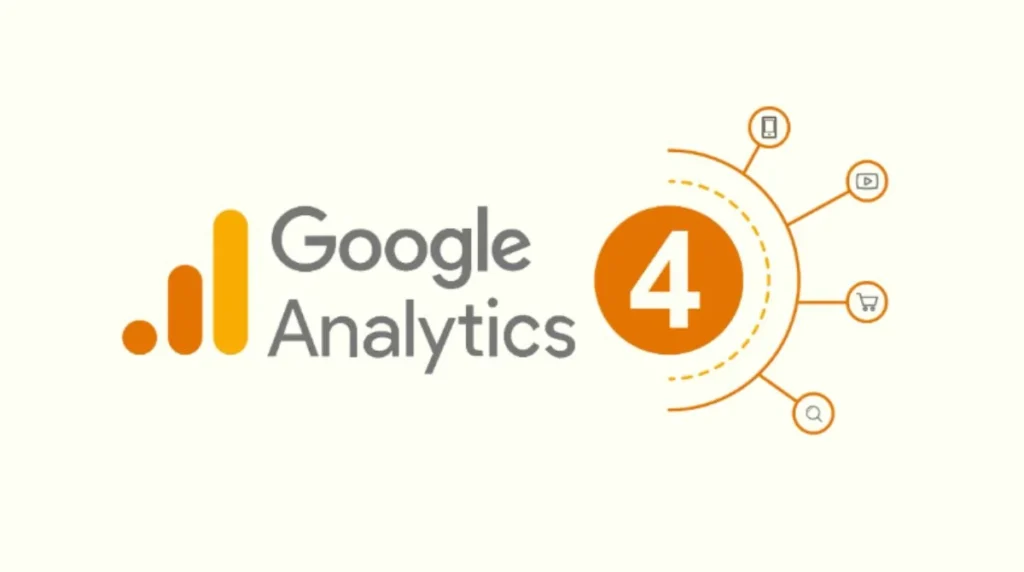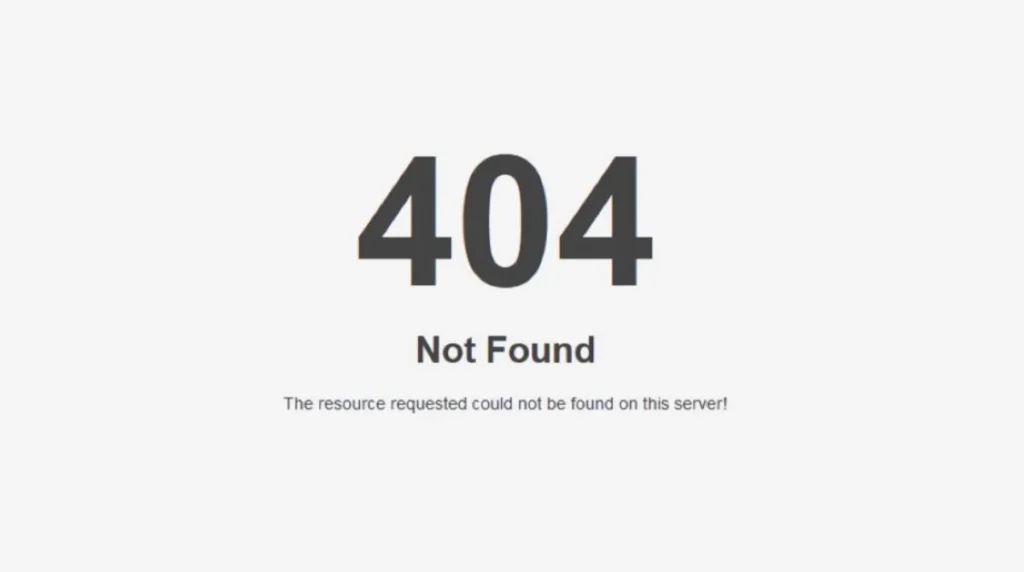1. Google Analytics 4 Data Tracking & Insights

Google Analytics powers the digital strategist’s toolkit by tracking how users behave on your site or app. The newer GA4 focuses on events and better privacy controls. Over 13 million sites run GA4, showing how central it is to understanding your audience. You’ll want to:
- Track conversions across devices.
- Set up custom events and segments.
- Understand user journeys and funnels.
2. Semrush SEO, Keyword & Competitive Analysis

Semrush offers everything from keyword research to backlink tracking and site audits. It’s trusted by hundreds of thousands of marketers. Top features include:
- Keyword research and difficulty scores.
- Backlink analysis and competitor benchmarking.
- Site health audits and daily visibility tracking.
Once you master Semrush, you’ll quickly spot new opportunities and build strong content strategies.
3. Ahrefs Deep Backlink & Keyword Explorer
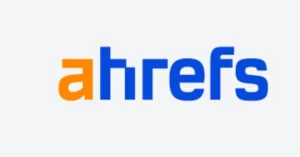
Ahrefs focuses on backlinks and search data from real user behavior. According to experts, it’s a must-have for traffic analysis and link research. Key perks:
- Massive, accurate link index.
- “Top pages” reports to uncover what content drives traffic.
- Keyword research and rank tracking.
Use Ahrefs alongside Semrush to cover both visibility and backlinks.
4. Canva Visual Creation & Assets
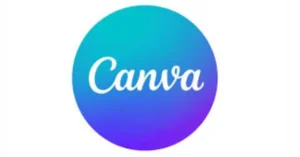
With teams and brands needing fresh images daily, Canva’s user-friendly design has soared to over 230 million users. From Instagram posts to ad visuals, Canva helps:
- Work with drag-and-drop templates.
- Create videos, banners, and infographics quickly.
- Use AI features to resize, recolor, and enhance designs.
New AI integrations (like MagicBrief) will only make this easier.
5. AI Content Tools: Jasper, Copy.ai & Writesonic

AI is no longer a buzzword it’s a working tool. Jasper, Copy.ai, and Writesonic help draft content fast. For strategists, they can:
- Outline blog posts, landing pages, and email sequences.
- Write first drafts in minutes.
- Adapt tone for different audiences.
But always edit AI content human tweaks keep it authentic, brand‑aligned, and search-friendly.
6. HubSpot or ActiveCampaign Automation & CRM
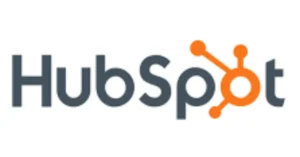
To efficiently nurture leads at scale, you’ll need a solid automation platform. Both HubSpot and ActiveCampaign provide automation, CRM, lead scoring, and email. What you can do:
- Build segmented workflows (e.g., “if they clicked X, send Y”).
- Sync CRM data and track campaign success.
- Use AI-powered summaries and personalization.
These tools keep your outreach smart and scalable.
7. Hootsuite or Sprout Social Social Management

Publishing, listening, and replying across channels gets messy fast. Hootsuite and Sprout Social make it smooth:
- Schedule posts across platforms.
- Monitor mentions and sentiment in one inbox.
- Pull engagement reports for all channels.
AI elements like automated responses that save time and improve tone are added by Sprout Social.
8. AgencyAnalytics or Zapier Reporting & Integration
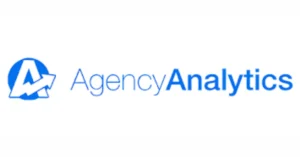
As a digital marketing strategist, tracking performance and saving time are both crucial. That’s where tools like AgencyAnalytics and Zapier come in.
- AgencyAnalytics: tailored for client reporting, with 80+ integrations and branded dashboards.
- Zapier: Keeps your tools talking. For example, connect GA4 to Slack or databases automatically .
With these, you save hours on manual reports and dashboards, giving you more time to strategize.
9. Optimizely A/B Testing & Personalization
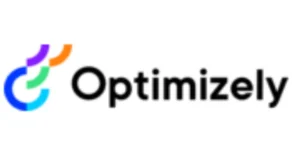
You can make constant improvements if you know what your audience reacts to. Optimizely offers website and feature testing plus personalization based on user behavior. You can:
- Test headlines, layouts, colors.
- Show different experiences based on location, behavior, or user segment.
- Gather data to make decisions safely.
Optimizations like these can dramatically improve conversion rates.
10. YouScan Social Listening & Reputation Monitoring
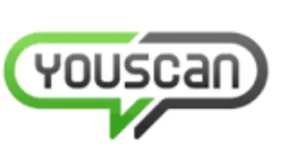
Understanding user-generated content is key. YouScan tracks mentions of your brand, sentiment, images, or topics across social media. With AI-powered analysis, you can:
- Spot trends and brand perception.
- Find unhappy customers and react quickly.
- Use visual mentions for creative inspiration .
This helps keep your ear to the ground and your brand in line with audience sentiment.
Bonus Tools & Concepts for 2025
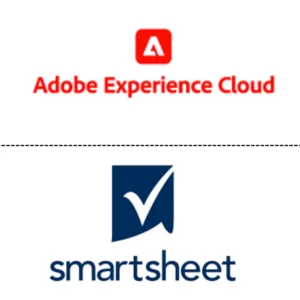
1. Adobe Experience Cloud & LLM Optimizer
Adobe’s platform integrates analytics, content, ads, and even AI visibility tools like LLM Optimizer great for enterprise-level strategies.
2. Smartsheet Team Projects & Asset Management
For marketing teams juggling deadlines and assets, Smartsheet and its Brandfolder component are lifesavers. They let you plan campaigns, manage approvals, and tag assets all in one place.
Common Mistakes to Avoid When Using These Tools
Having tools isn’t enough you need to use them wisely. Here are some mistakes many digital strategists make and how to avoid them:
- Trying Too Many Tools at Once: Focus on 2–3 tools at a time. Learn deeply before moving on.
- Relying Too Heavily on Automation: Automation saves time, but don’t lose the human touch, especially in email, social, and content.
- Ignoring Data Cleanliness: Bad or duplicate data leads to poor insights. Keep your analytics and CRM data organized and verified.
- Skipping Strategy: Tools can’t replace thinking. Start with clear goals and use the tools to help you reach them.
- Neglecting Mobile UX: Many marketers test on desktop only. Always preview campaigns and sites on mobile first.
Fixing these issues improves tool efficiency and campaign performance.
How to Choose & Use These Tools?
- Start with Goals: Do you want more traffic, better ads, or smoother workflows?
- Test One at a Time: Trial GA4, Canva, Semrush, etc., before investing.
- Standardize Training: Ensure the whole team knows how to use each tool.
- Automate What You Can: Use Zapier or built‑in features to reduce repetitive tasks.
- Measure ROI: Track time saved, conversions gained, or revenue from each tool.
Final Thoughts
2025 demands digital strategists who blend data, automation, and creativity without juggling chaos. These ten tools form the foundation of a scalable, insightful, and efficient marketing stack. As AI and personalization grow, being tool-smart is no longer optional it’s the new baseline for success.

